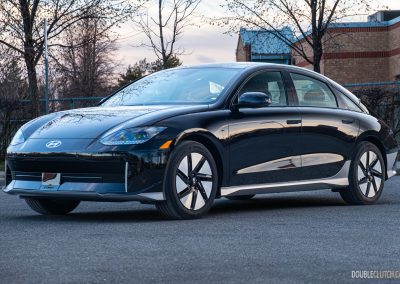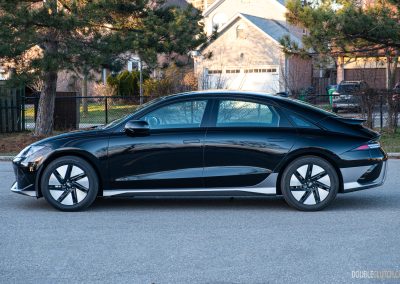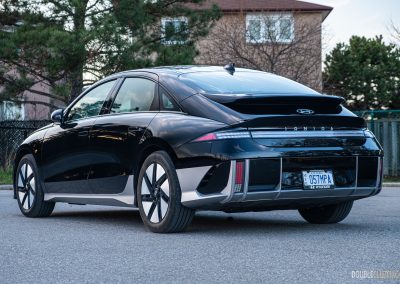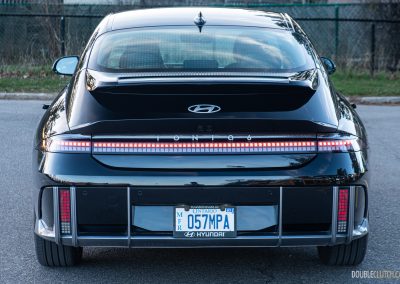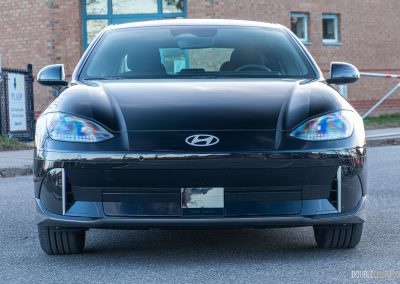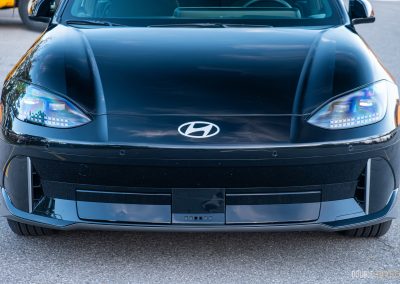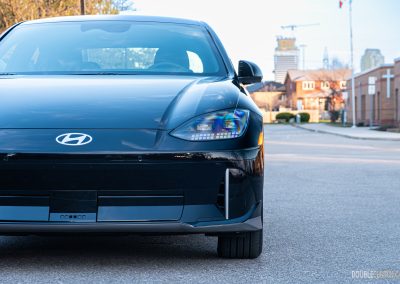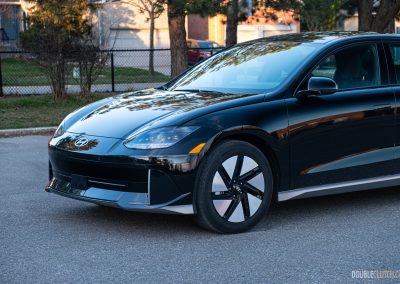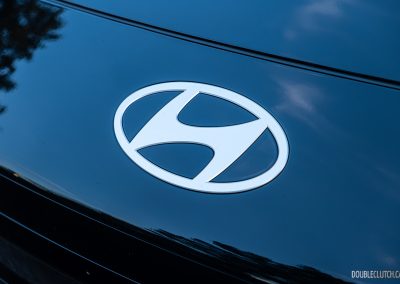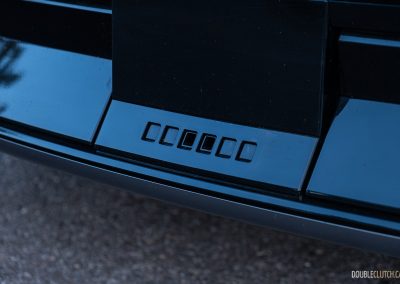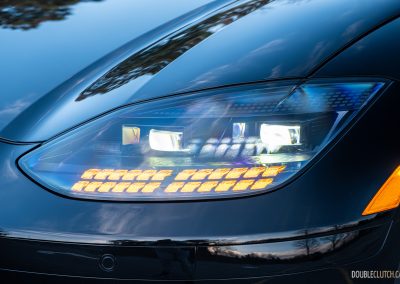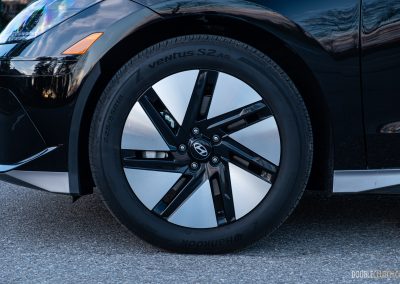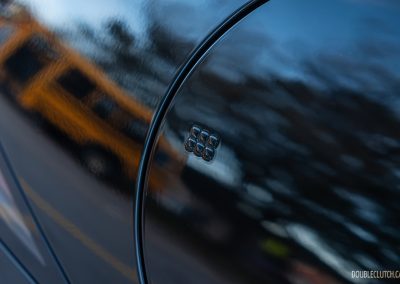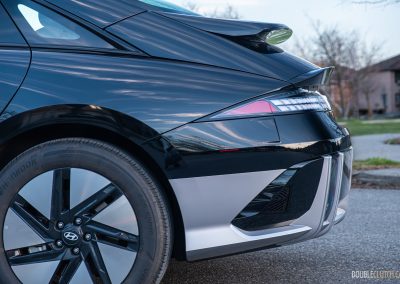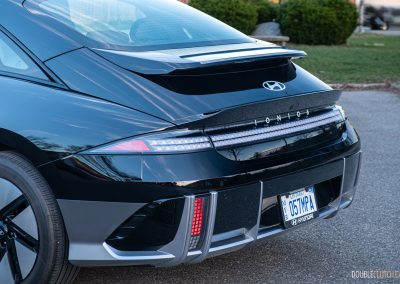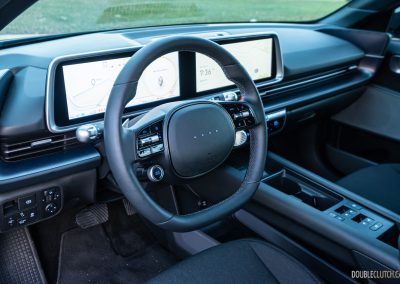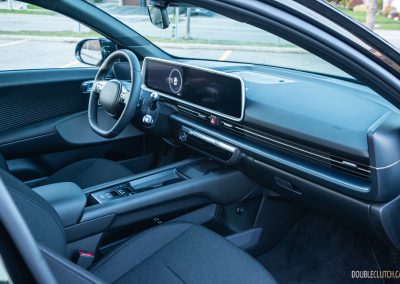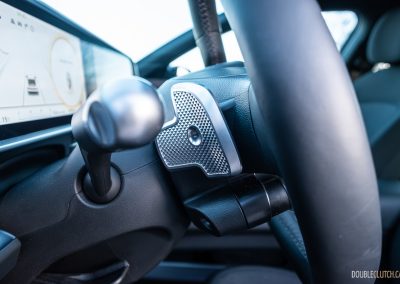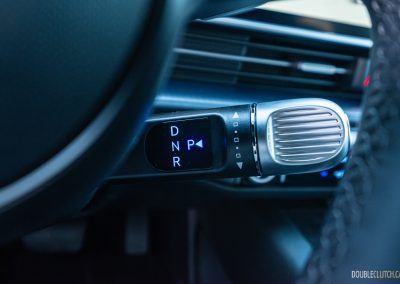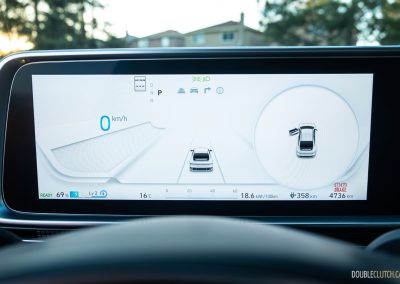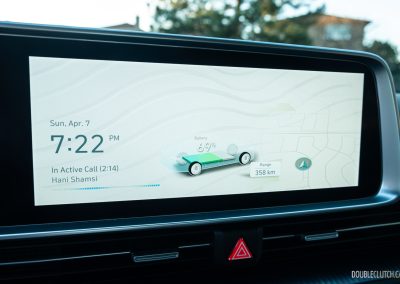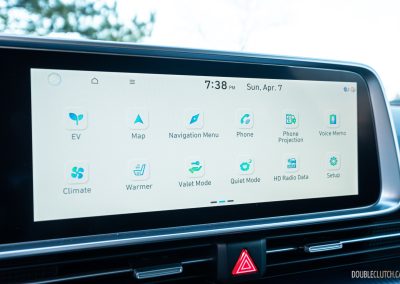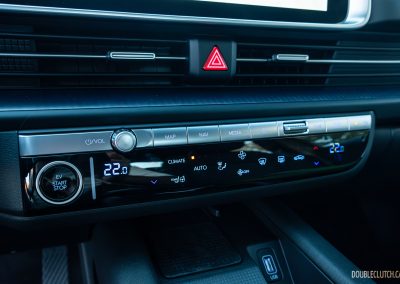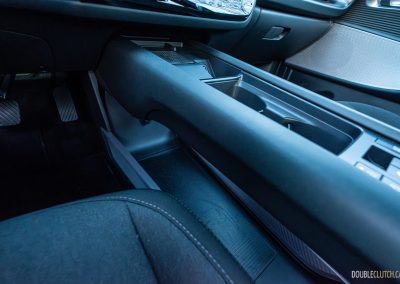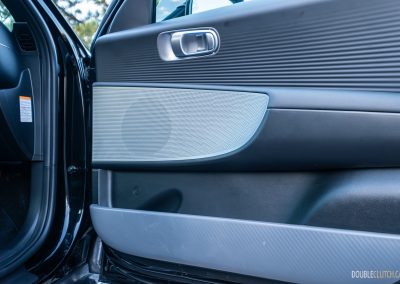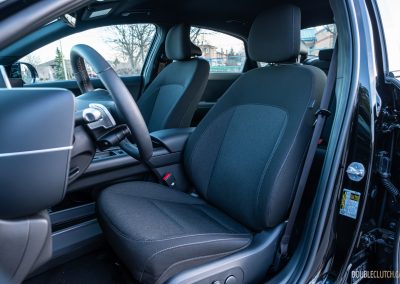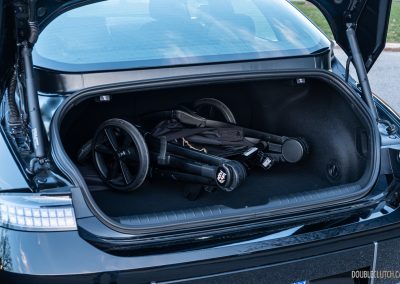Let’s start with the best things about the 2024 Hyundai Ioniq 6: it’s boring, uneventful, and almost forgettable. And that may be exactly what makes it great.
When you see an Ioniq 6 in the wild for the first time, it piques your interest. It’s unique. Whether that’s a good thing or not is certainly up for debate; there’s something fishy about it, but I can’t quite put my finger on it. Still, designed with aerodynamic efficiency in mind, the body follows many other EVs in that it’s the textbook slippery jellybean silhouette, and the aerodynamic 18-inch wheels give off standard EV vibes.

Look a little closer, though, and you’ll begin to pick out a techy vibe. The pixel-style lighting and design elements are all over the Ioniq 6, especially out back with the rear taillights featuring two rows of pixellated LEDs behind a clear lens. Even the third brake light — integrated into an almost classic Porsche 911-like ducktail spoiler — has “pixels” when you see it from above. The side mirror-mounted and headlight turn signals incorporate a similar pixellated look, as does the lower front bumper. Yes, it seems interesting, novel, and unique at first, but the more you live with the Ioniq 6, the more you get used to it. Once the novelty wears off, it begins to feel almost mundane.
The interior follows a similar philosophy. If you’ve spent any time in any recent Hyundai, there’s nothing to write home about. You get the quintessential dual-screen layout, with Hyundai’s typical — and excellent — responsive and easy-to-use infotainment. The gauge cluster features 3D-like, landscape-oriented bars that dive into the distance when you accelerate, but the graphics and animations seem about as basic as can be. As is typical of Hyundai, there’s a considerable amount of customizability buried within the infotainment, and there’s physical switchgear for all the essentials.
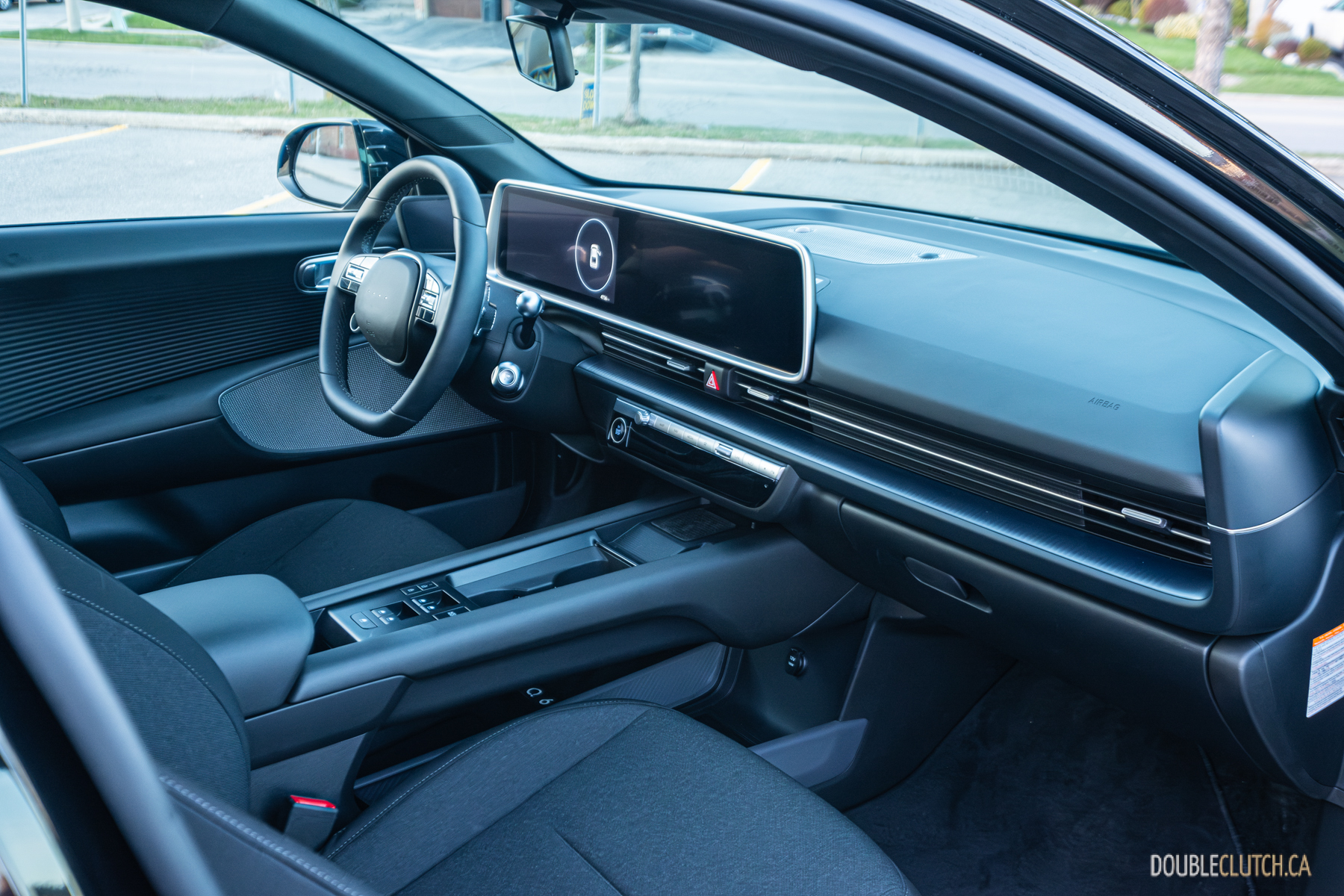
The more you poke around, the more you realize there’s room for improvement. The sound system in this base Ioniq 6 trim is lacklustre at best, with boomy bass, poor sound staging, and no wireless Apple CarPlay or Android Auto — you still have to plug in. On top of that, most of the features you’d want are locked behind the Ultimate package, which for an extra $6,700, adds basic features you’d expect to be standard in a near-$60,000 car, such as rain-sensing wipers, power-adjustable seats, and ambient lighting. You also get some gravy on top, like 20-inch wheels, a Bose sound system, and “premium” door sills.
Not unlike the base Ioniq 5, the cabin feels somewhat low-rent with cloth seats and plasticky bits all over, but at least the seats themselves are comfortable. The steering wheel keeps the pixel theme going with four little squares instead of a Hyundai logo — which in Morse code, represents the letter H — and they light up in a soft glow when you’re driving, illuminate red in reverse, and act as a charge meter when charging. My inner nerd appreciated this. [Ha! Nerrrrrd! —Ed.]

For its (minor) shortcomings, the interior is roomy. There’s lots of storage space throughout, especially in the two-tier centre console. Rear-seat headroom is surprisingly good once you’re settled, but the swooping roofline means getting a child seat into the back requires a bit more fan-jangling than I would’ve liked. You’d think the Ioniq 6 has a liftback given the swooping roofline — all sedans should be sportbacks — but it has a conventional trunk, though the power trunk lid and larger-than-most opening makes it easy to access the roomy 401-litre space. Folding down the rear seats can only be done from the trunk, and the load floor isn’t completely flat, but compared to other sedans, the extra versatility is appreciated.
Let’s get to the boring — err, good — stuff that makes it so remarkably unremarkable. First off, the Ioniq 6 is quiet. Wind noise is subdued on account of the slippery shape, there’s minimal road noise, and the extra sidewall from not upgrading to the Ultimate package means bumps and thumps are very muted. From a feel-and-hear perspective, the Ioniq 6 feels positively luxurious; it’s so easy to climb in, set off, and forget about everything in the best way possible. There’s nothing about the drive that sticks out, good or bad; it just blends in as a willing partner to your life.

Base Ioniq 6s are rear-wheel-drive and good for 225 horsepower and 258 pound-feet of torque. This tester is the dual-motor version, giving it all-wheel-drive and a power bump to 320 hp and 446 lb-ft of torque. There’s enough range — Hyundai estimates up to 510 km on a full charge in “ideal” conditions — so that you don’t even think about it. The 77.4 kWh lithium-ion battery can charge up to 350 kW on a DC fast charger, taking you from 10 to 80 per cent in a mere 18 minutes, provided you can even find one that works. Even the Ioniq 6’s steering is perfectly weighted, feeling neither artificially boosted nor too stiff — it’s just right. Ditto the suspension, keeping things composed without feeling punishing. The Ioniq 6 will gobble up miles and miles of roadway, making for an excellent commuter or grocery-getter, and even a great road-tripper if charging infrastructure was up to snuff.
The 2024 Hyundai Ioniq 6 is a victim of its own success. It does such a good job of being a good basic transportation device that it just gets forgotten. It’s almost too good. It’s the janitor that keeps the building spotless. It’s the equipment manager that keeps the hockey team running. It’s the executive assistant that punches in well above their weight, staying on top of everything and quickly becoming indispensable. I say this with the utmost respect: the Ioniq 6 is the Camry of EVs, keeping you going without making you spend any time thinking about how you’ll get there.


